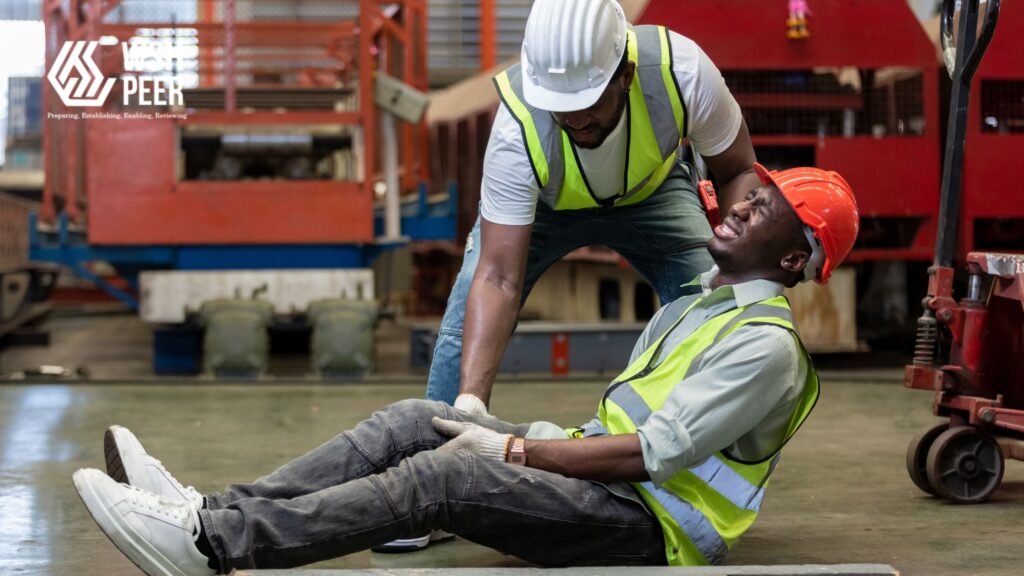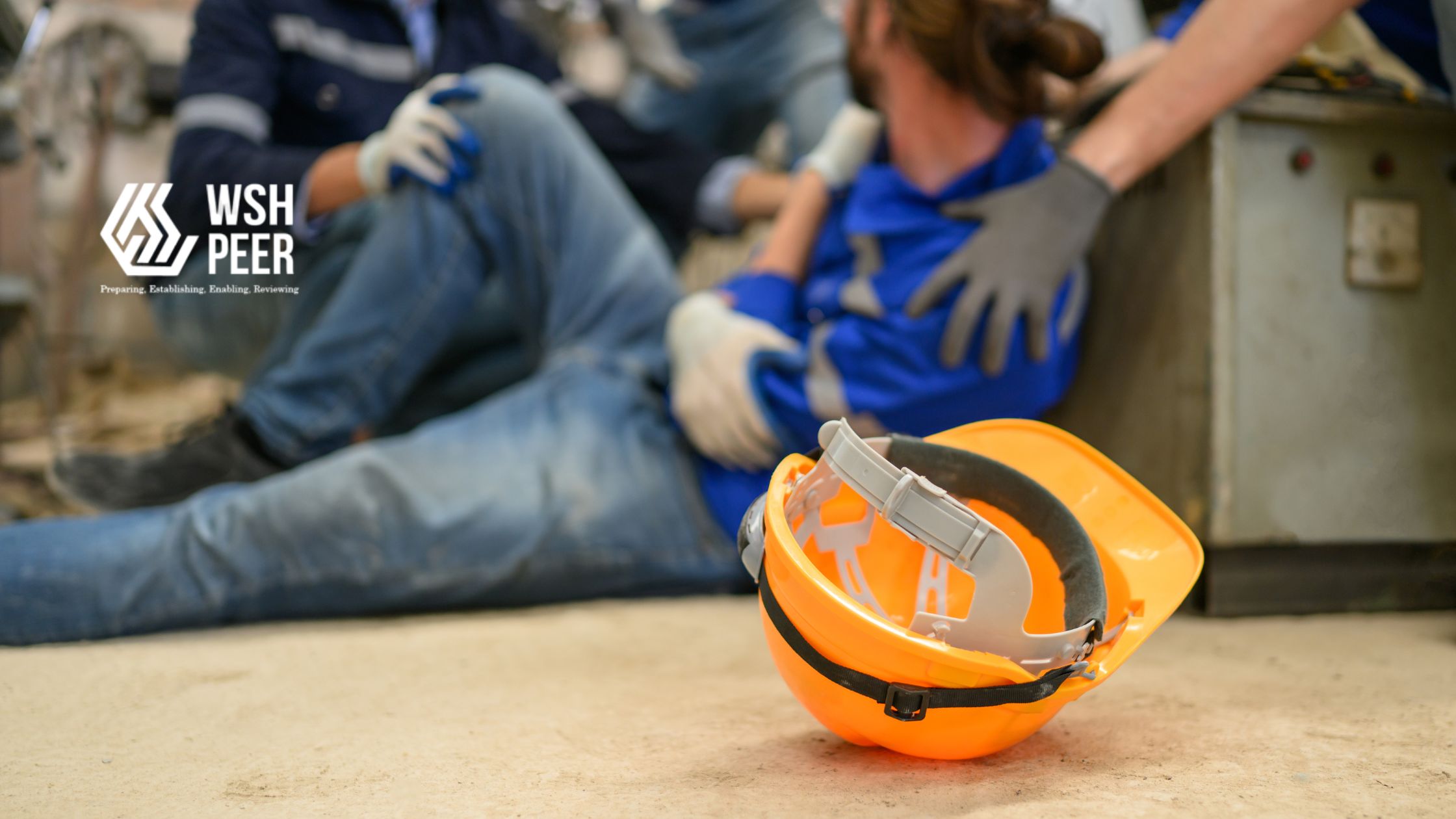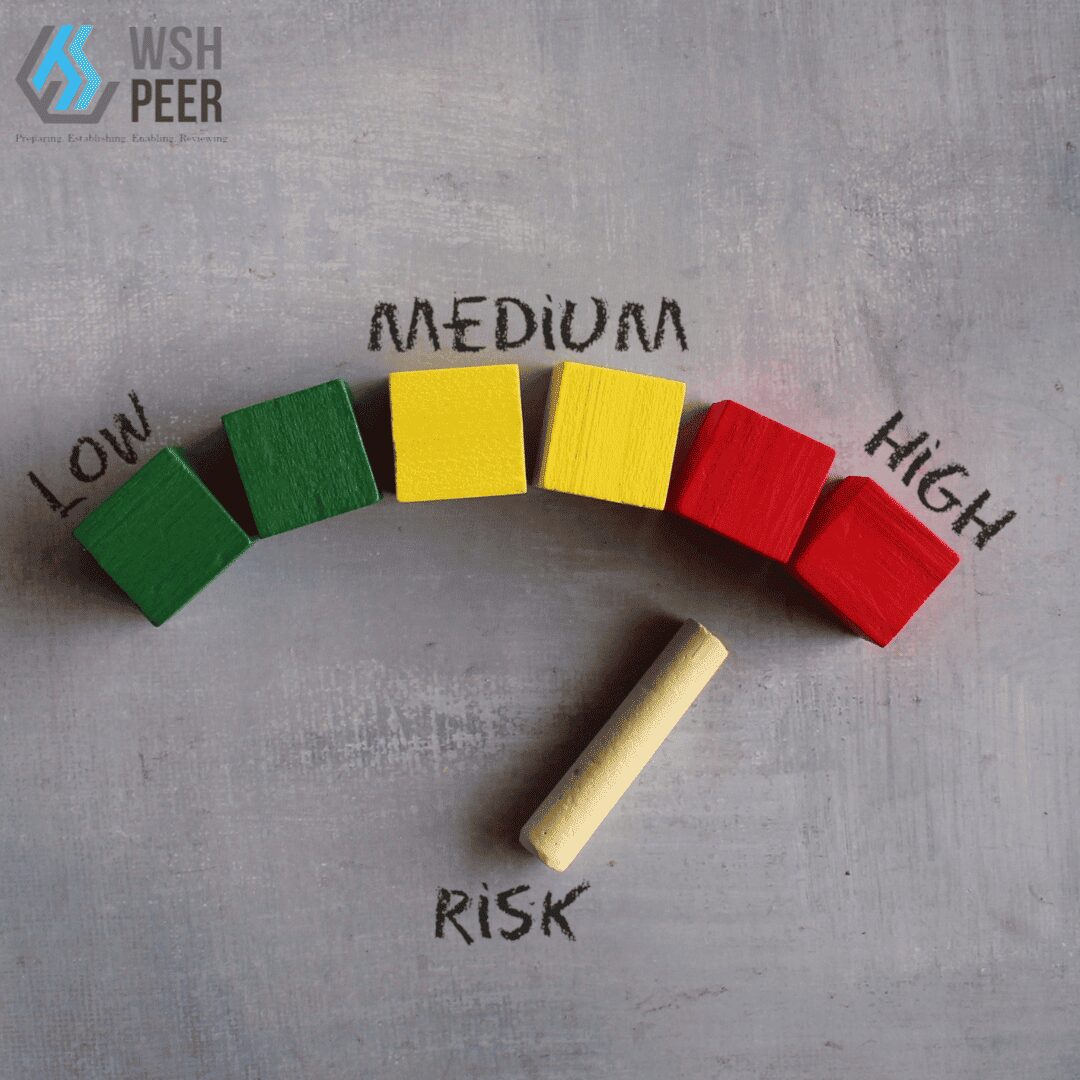Enhancing Workplace Safety: Lessons from a Lift Technician's Tragic Incident
In the bustling environment of a restaurant in Surabaya, a tragic accident unfolded on the morning of November 10, 2025, when a lift technician lost his life due to a preventable incident. This event serves as a stark reminder of the critical importance of adhering to safety protocols in the workplace, particularly when dealing with machinery. The implications of this incident extend beyond the immediate tragedy, highlighting the need for robust safety management systems like PEER to ensure compliance with health and safety regulations.

The Incident: A Wake-Up Call
The lift technician, identified as AM, was called to perform maintenance on a food transport lift. During his inspection, he was tragically caught between the moving lift cabin and the lift shaft wall, resulting in fatal injuries. Initial investigations revealed that safety procedures were not fully implemented, particularly the absence of a lock-out/tag-out (LOTO) system that would have ensured the lift was completely deactivated during maintenance.
Understanding the Importance of Safety Protocols
This incident underscores the necessity of strict adherence to safety protocols in any industry involving machinery. In sectors such as construction, oil & gas, and manufacturing, the risks associated with machinery operation are significant. For instance, in construction, workers often operate heavy machinery, and failure to follow safety protocols can lead to severe injuries or fatalities. The oil & gas industry faces similar risks, where equipment malfunctions can have catastrophic consequences.
Implementing Effective Safety Management Systems
To prevent such tragedies, organizations must implement comprehensive safety management systems. PEER, a WSH management system, offers various modules that can enhance workplace safety. For example, the Personnel Management module ensures that all workers are adequately trained in safety protocols. The Permit to Work (PTW) Management module ensures that all necessary safety checks are completed before any maintenance work begins.
Real-World Applications of PEER
In the construction industry, PEER can be utilized to manage personnel and ensure that all workers are certified and trained in safety procedures. The Inspection module allows for regular checks of equipment to ensure compliance with safety standards. In the oil & gas sector, the Workflow module can streamline safety processes, ensuring that all safety measures are followed before any operation begins.
Learning from Past Mistakes
The tragic incident involving the lift technician serves as a critical learning opportunity for all industries. It highlights the importance of having a proactive approach to safety. Organizations must prioritize regular training and audits to ensure that safety protocols are not only established but also followed diligently. For instance, conducting regular safety drills can prepare workers for emergency situations, reducing the likelihood of accidents.
Encouraging a Safety-First Culture
Creating a culture of safety within an organization is essential. This involves not only training employees but also encouraging them to speak up about safety concerns. Management should foster an environment where safety is prioritized and where employees feel empowered to report unsafe conditions without fear of reprisal. This cultural shift can significantly reduce workplace accidents.
Conclusion: A Call to Action
The unfortunate death of the lift technician is a poignant reminder of the potential consequences of neglecting workplace safety. It is imperative for organizations to take immediate action to review and enhance their safety protocols. By implementing systems like PEER, businesses can ensure compliance with health and safety regulations, ultimately protecting their employees and reducing the risk of accidents.
As we reflect on this incident, let it serve as a catalyst for change in workplace safety practices across all industries. The time to act is now—let us commit to creating safer work environments for everyone.







